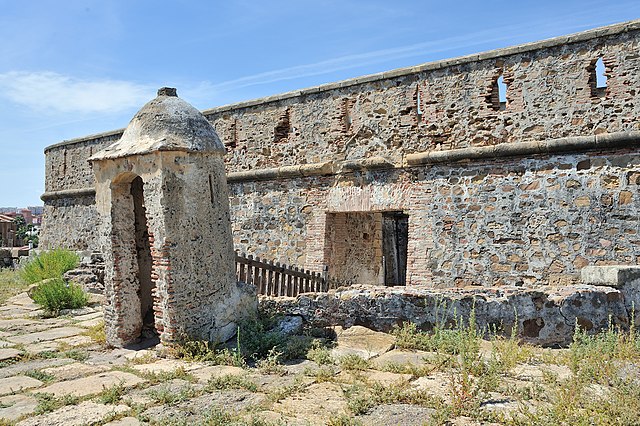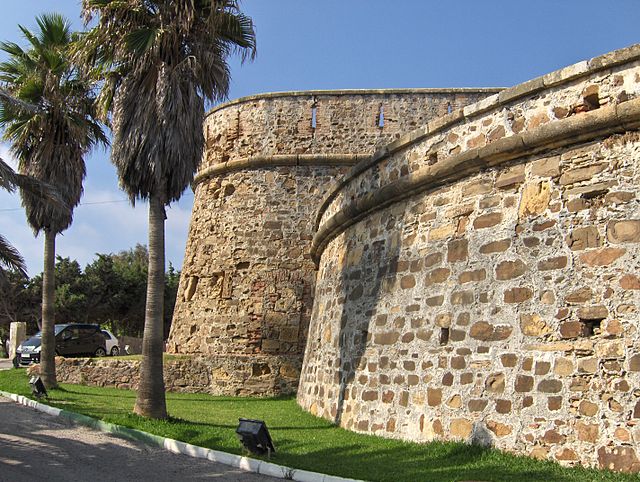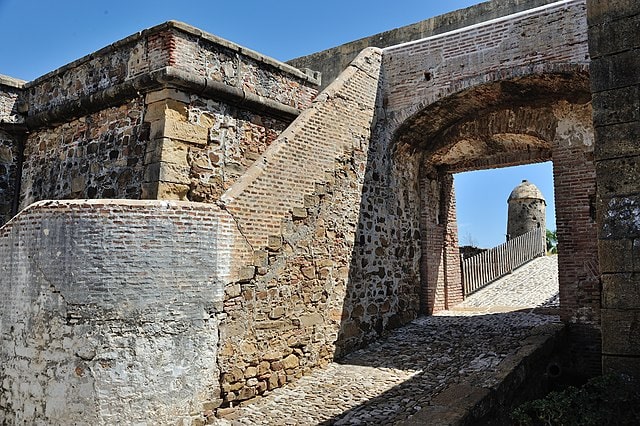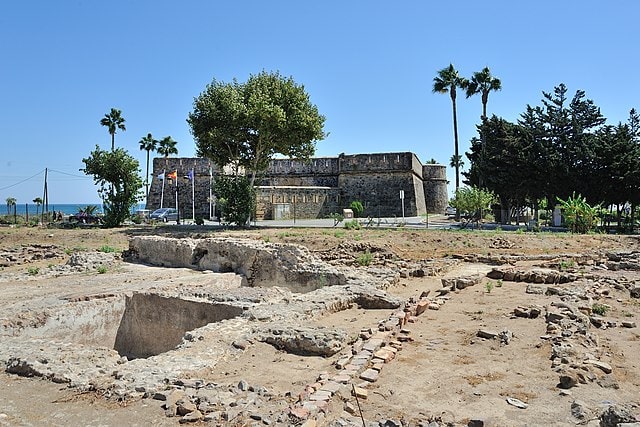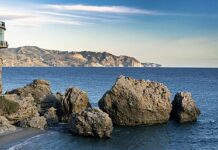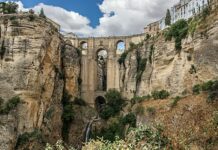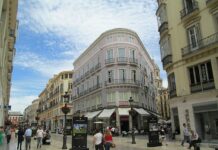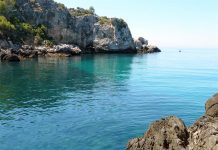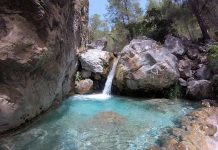If you are looking for things to see in Manilva, you cannot miss the impressive Castle of La Duquesa. This 18th-century castle is located on La Duquesa beach, offering a unique mix of history and natural beauty.
The history of the Castle of La Duquesa in Manilva
The Castle of La Duquesa, also known as Fortin de Sabinillas, was built by Francisco Paulino in 1767 and was ordered by the Duke of Arcos as a fortress to protect the coast from pirate attacks in the 18th century.
In the 19th century, the French occupied the Castle during the War of Independence. Later, the Coastal Carabinieri Corps occupied the Castle to guarantee the security of the coasts and prevent smuggling. In 1890, a barracks was built 100 meters away and the Castle was abandoned. In the early 20th century, some homeless neighbors occupied the Castle. Throughout its history, the Castle has gone through different occupations and defenses, being witness to the conflicts and social changes of the region.
Today, Historical and Cultural Treasures
The Castle of La Duquesa is currently one of the main tourist attractions in Manilva and a place of great historical and architectural value. In addition to housing a town hall, the Castle is municipal property and is the headquarters of the Municipal Archaeological Museum of Manilva, as well as a Fencing Museum, an exhibition hall, and a public library.
Originally a circular battery of four 24-caliber guns, closed by the throat with a slit wall, the Castle has undergone various reforms and reconstructions throughout its history. It was even transformed into a residential castle in the 19th century. Despite the reforms, the Castle of La Duquesa remains one of the best examples of an 18th-century fortress and a historical gem of the Costa del Sol.
A walk through the Castle of La Duquesa
If you decide to visit the Castle of La Duquesa, you will have the opportunity to walk through its ancient walls and towers, which will transport you to the time when the fortress was built as a defense against pirate attacks in the 18th century by order of the Duke of Arcos. In addition to its historical importance, the Castle also has a privileged location on La Duquesa beach, offering impressive views of the Mediterranean and nearby beaches.
Discover history and archaeology
What makes the Castle even more interesting is that it was built on top of a Roman villa, whose material was reused in its construction. The archaeological material in the Museum largely comes from this Roman archaeological site, composed of thermal baths, a villa, fish salting industries, and a necropolis, surrounding the Museum building and the Castle itself. Materials from the archaeological site of Cerro del Castillo or Castillejos de Alcorrín, a Final Bronze indigenous or Precolonial site, surrounded by a large wall and circular towers, can also be found.
Explore the objects exhibited in the Museum and learn more about the history and archaeology of the area. Discover the evolution of life in the Castle of La Duquesa and in the Roman villa on which it was built. An enriching experience to complement your visit to the castle.
This is the Castle
The Castle consists of three well-differentiated parts:
On one side, we find a semicircular battery facing the sea with four cannons, separated from the main body by a moat.
The main body is distributed around a rectangular courtyard with Castle dependencies and a well with a cistern.
The entrance is defended by an angled wall, preceded by a disappeared moat and drawbridge. In addition, the main body has a crenelated terrace for defense with rifles.
Roman Site in the Surroundings of Castillo de la Duquesa
Roman site in the surroundings of Castillo de la Duquesa arises as a consequence of the canning industry related to tuna fishing in the almadrabas. The area could have functioned as a secondary port or anchorage for the collection of water, food, people, and goods, being related to nearby cities such as Barbesula, Salduba, and Lacipo.
The site has a fish salting factory, where there are rooms from its three operating areas (cold, temperate, and hot), with more than 30 saltwater pools and a market area with 26 small shops. In addition, it has a necropolis of about 140 tombs, half inhumed and the other half incinerated, with belongings composed of objects such as small pots, bronze mirrors, oil lamps, and coins. A Natatio and a kind of sauna from the hot bath area are also preserved. All this makes the site an important testimony of the economic and social activity in the area during the Roman period.
Opening hours of Castillo de la Duquesa
Monday to Friday from 8:00 a.m. to 3:00 p.m.
Price of admission to Castillo de la Duquesa
Free admission
How to get to Castillo de la Duquesa in Manilva?
You can follow the directions here.

